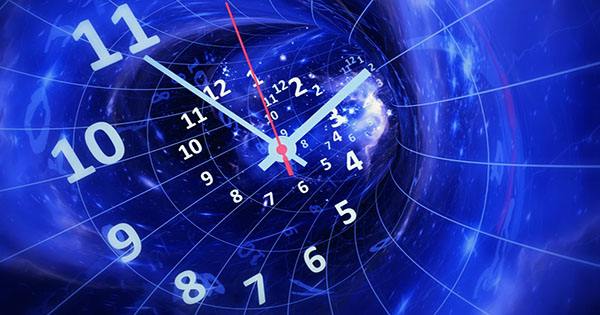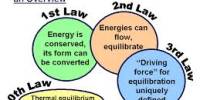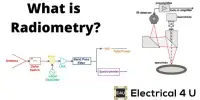We normally talk about enormous scales and big objects when we talk about general relativity. This, however, is about to change. The latest varieties of atomic clocks, according to researchers, are sensitive enough to measure relativistic effects on a millimeter scale. The work described in a publication has not yet been peer-reviewed and is available on the ArXiv. The researchers explain how they measured gravitational redshift in a single millimeter-scale sample of ultracold strontium. That is a fantastic feat.
The phenomena of gravitational redshift occur when a photon escaping a gravitational well (in this case, our planet) stretched out by the large object’s gravity. Regular atomic clocks have been able to detect this impact on ranges ranging from 30 centimeters (12 inches) to thousands of kilometers, and optical atomic clocks are now bringing it down to the smallest scale yet.
Photons can be used to detect the frequency with which atoms tremble. The gravitational redshift has an effect on these photons. The effect is minor, but it is now quantifiable. At a temperature close to absolute zero, the scientists built a lattice of 100,000 strontium atoms. They were able to detect that there was a gravitational redshift by measuring their frequencies. The remarkable sensitivity of these optical atomic clocks is responsible for this interesting early result. Professor Jun Ye’s team claimed earlier this year that they had achieved the best clock precision ever. Their three clocks were so precise that the measurement errors never surpassed eight parts in 1018. (Or 0.000000000000000008).
However, this remarkable achievement is only the beginning. The team intends to push the precision as far as it can go, with the goal of achieving measurements that are 100 times, if not 1,000 times, better than those achieved this year. When it revealed that Professor Ye had won the 2022 Breakthrough Prize in Fundamental Physics, he told IFLScience, “There will be extremely intriguing discoveries waiting for us if we get to the times that are sensitive to the very small space-time curvature.”
These clocks will be able to measure both relativistic and quantum mechanical effects once they become sensitive enough. When we combine the two fundamental physics theories to explain phenomena like black holes, they do not work well together. Seeing them interact in the lab will open up a completely new world of possibilities for our understanding of physics.
















